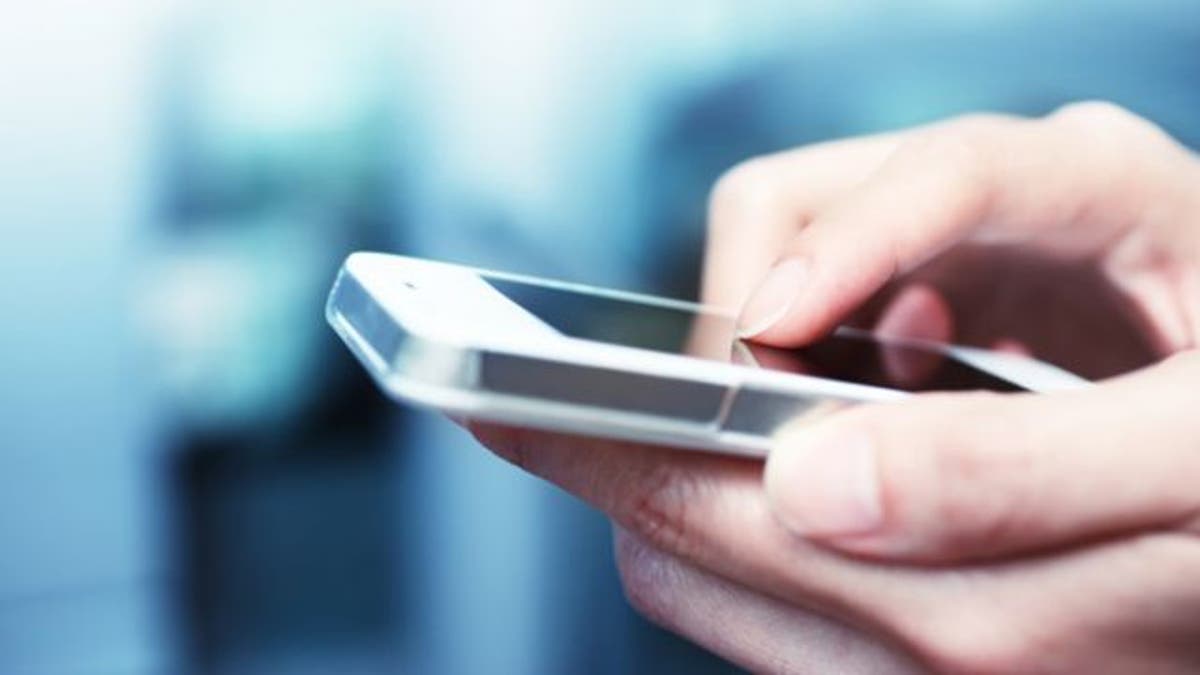
Doctor’s visits are a good idea in theory: If you have a health issue and see your doctor, and he or she fixes the problem, there’s a good chance you’ll feel it was worth the money and time. But what happens when said doctor gives you a recommendation— say, to start exercising regularly or to fill your plate with more veggies— but life’s other commitments get in the way, and then you abandon your newfound lifestyle goal? Even simpler, what happens when you have a quick question for your doctor, but you don’t want to shell out a bunch of cash to get an answer?
Those hurdles and others like them have undoubtedly contributed to rising no-show rates at doctor’s offices as well as dipping patient compliance rates. In some practices, physicians cite no-show rates as high as 55 percent, while others show compliance to lifestyle changes at an abysmal 12 percent.
To help meet patients’ needs, health care and technology experts are experimenting with new, technological forms of physician-to-patient communication— including text messages, emails, video conferences and smartphone apps. Emerging research suggests these types of routine interaction offer patients much-needed inspiration between visits, all the while saving them time and money.
A recent study showed that among 710 patients with coronary heart disease, those who received four weekly text messages over six months saw significant reductions in LDL cholesterol and blood pressure, as well as notable increases in physical activity and smoking cessation. The text messages were selected from a bank of messages that were matched with each patient’s baseline characteristics. Messages included advice, motivational reminders, and support to change lifestyle behaviors. At the conclusion of the study, 91 percent of study participants said the text message program was a valuable tool for success, with 97 percent finding it easy to understand and 86 percent finding the frequency of messages appropriate.
One survey, published in the September 2015 issue of Journal of Medical Internet Research, found that consumers are more open to and comfortable with the idea of using technology for diagnoses and accessing medical records. That’s in stark comparison to physicians who felt uneasy about using technology for these purposes, and expressed concerns that such open access to medical records might incite requests for unnecessary medical evaluations.
A 2012 study found that, although patients support the marriage of health care and virtual technology, the system stands to improve.
For example, communication via email must be compliant with patient privacy laws under the Health Insurance Portability and Accountability Act (HIPAA). That law requires doctors to access a special portal with the appropriate security and encryption software when transmitting details specific to a patient’s medical history or case. What’s more, state medical boards are leery of the legal ramifications of virtual health care, and they have cited concerns over how to define the appropriateness of how this technology is applied.
While virtual appointments between patients and doctors are still in the early stages, the app industry is taking flight. Patients can effectively monitor various health markers using special devices that easily pair with smartphone apps via Bluetooth technology. For example, HeartMath is an app that, when paired with a clip that fits on the ear, measures a patient’s heart rate variability (HRV). HRV is the difference in one heartbeat to the next. A healthy heart varies from beat to beat. Low or decreasing HRV is associated with an increased risk of cardiovascular disease, hypertension, diabetes, and functional declines. Other apps can take your blood pressure, measure your heart rate, assess photos of skin blemishes for skin cancer, and, more recently, do an ECG (electrocardiogram). The ECG app has actually been approved by the Food and Drug Administration (FDA) and validated by multiple clinical studies.
But, this is where things get tricky and why the medical boards are on edge. One story, reported by The Wall Street Journal following the release of the ECG app, detailed the story of a doctor whose patient emailed him the ECG data from his phone, asking, “[The app] says I’m in atrial fib, now what do I do?” thus illustrating a potentially unseen risk for using telehealth.
By the same token, physicians have described a patient who sent a text message requesting “a blood test to find out if [he] had a heart attack.” The physician immediately contacted the patient, urging him to go to the emergency room or, at the very least, an urgent care facility.
As these forms of communication become more common, it is important to remember that virtual communication with a doctor is no substitute for immediate care in an emergency. Anything potentially life threatening should receive prompt, real-life attention.
Despite the distinct advantages and the welcome embrace from consumers, the convergence of health care and virtual technology has to make several more leaps forward before it will become the standard of care. Broad safety and legal issues still exist, but trends seem to signal future potential for more time and money savings for patients, and, most important, better health outcomes.
